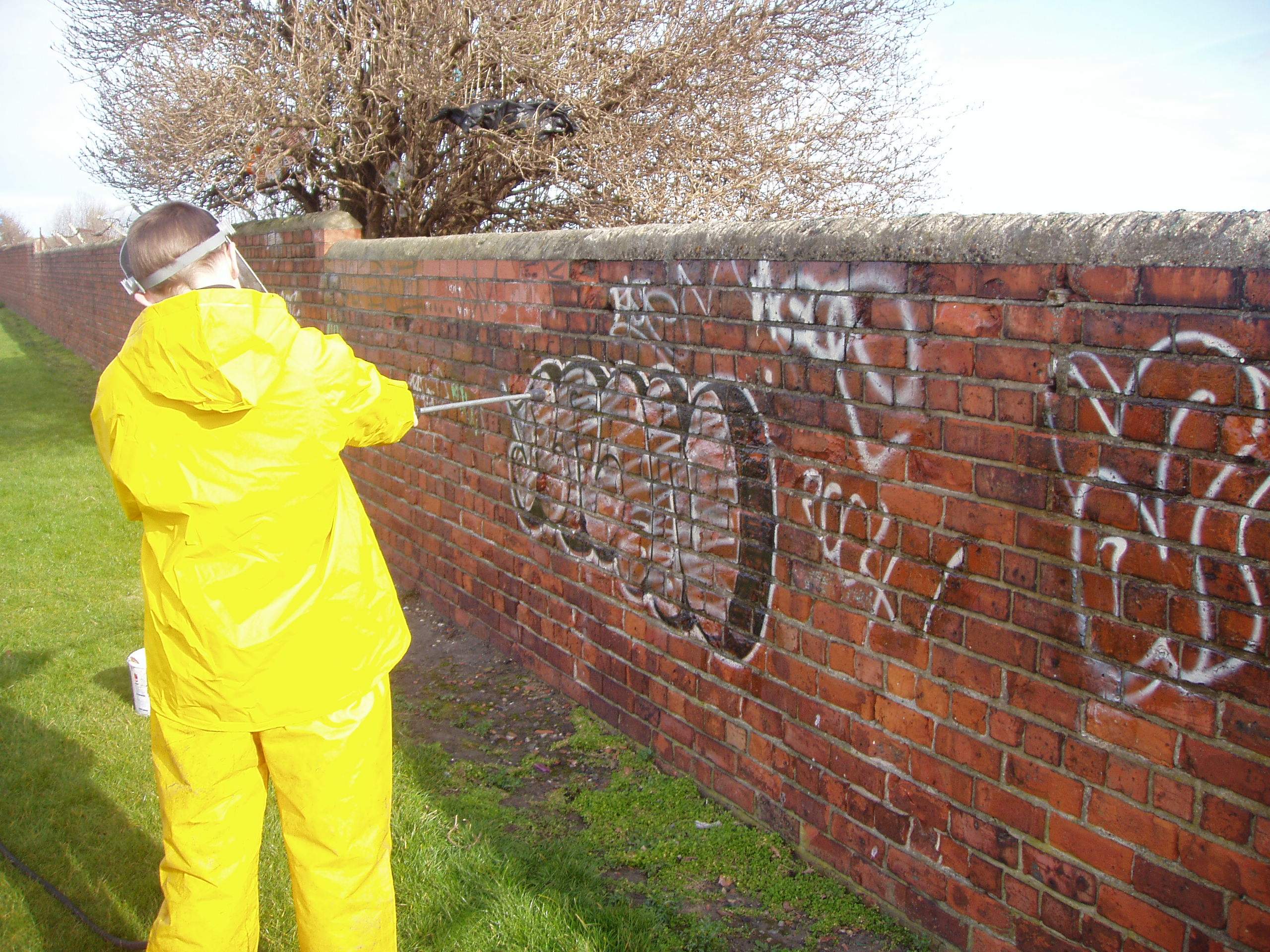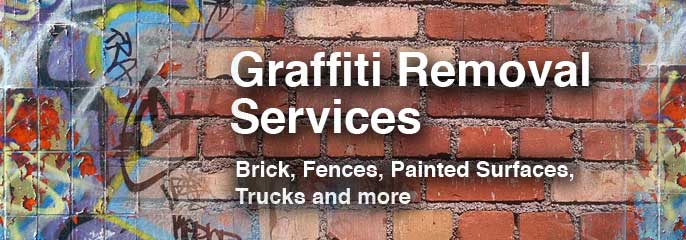How To Remove Grime With Pressure Washing
 Whether it is your home or business, your patios, walls, drive-way or garage, keeping them clean of grime is an important maintenance routine. Pressure washers are great tools for the task. A pressure washer is simply a device that delivers powerful jets of water to cut through dirt and grime easily without the use of a brush. Removing grime with a pressure washer does require some skill. If you are not accustomed to the force of a pressure washer and what objects to use it on, then its best to leave this to a professional.
Whether it is your home or business, your patios, walls, drive-way or garage, keeping them clean of grime is an important maintenance routine. Pressure washers are great tools for the task. A pressure washer is simply a device that delivers powerful jets of water to cut through dirt and grime easily without the use of a brush. Removing grime with a pressure washer does require some skill. If you are not accustomed to the force of a pressure washer and what objects to use it on, then its best to leave this to a professional.
Pressure washers come with many types of fittings and accessories to accomplish various tasks. Some come with detergent tanks that can be used to store liquid detergent which is emitted with each jet stream. Using the detergent tank can be especially useful when cleaning tough grime and grease. Here are some simple tips on how to remove grime with pressure washing.
1. Examine the area
It is best to first examine the area, making sure that there are no cracked walls or openings to cause flooding in sensitive areas. You also want to ensure that there are no small lose objects or cracked glass that could possibly injure someone when pressure jets are applied. Clean up any objects that can be hazardous to your task.
2. Prepare fittings and detergent
Whether your pressure washer is motor operated or electricity run, make sure that you have adequate power supply and water supply. Prepare your detergent mixture and pour it into the detergent tank or directly on the area you want to wash. Select the end fitting for your device. Most pressure washers come with a fixed jet lance, but some models use fitted lances that can be adjusted. Rotary lances are best for removing tough grime.
3. Remove dirt and grime with the pressure washer
Now that you are prepared, power on your pressure washer and spray the water directly onto the grime. Hold the washer at an angle so that the water jets can lift up the grime and push it away from you. Move the lance up and down, side to side to get off as much grime and dirt as possible. You may have to repeat the washing process once or twice to obtain the desired result.
